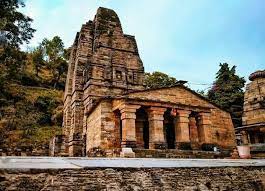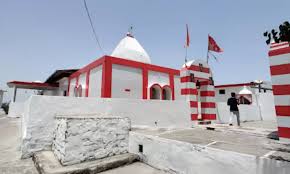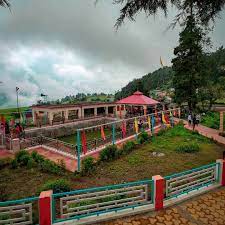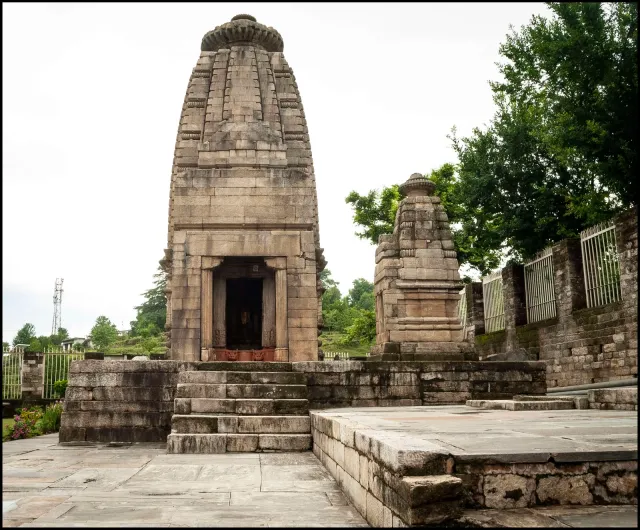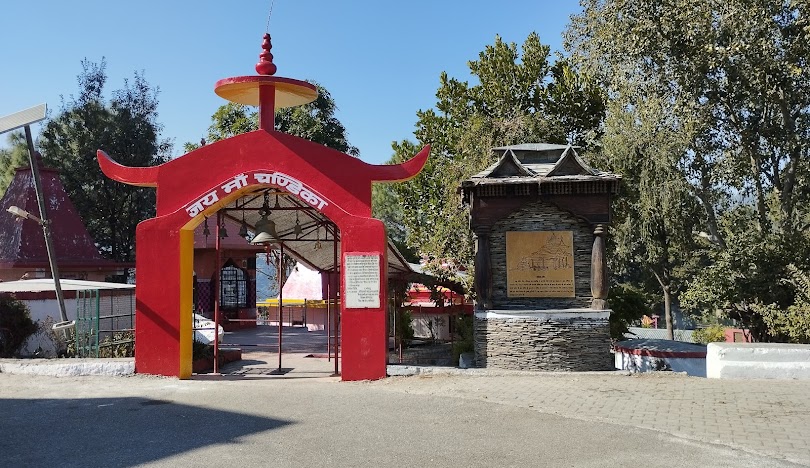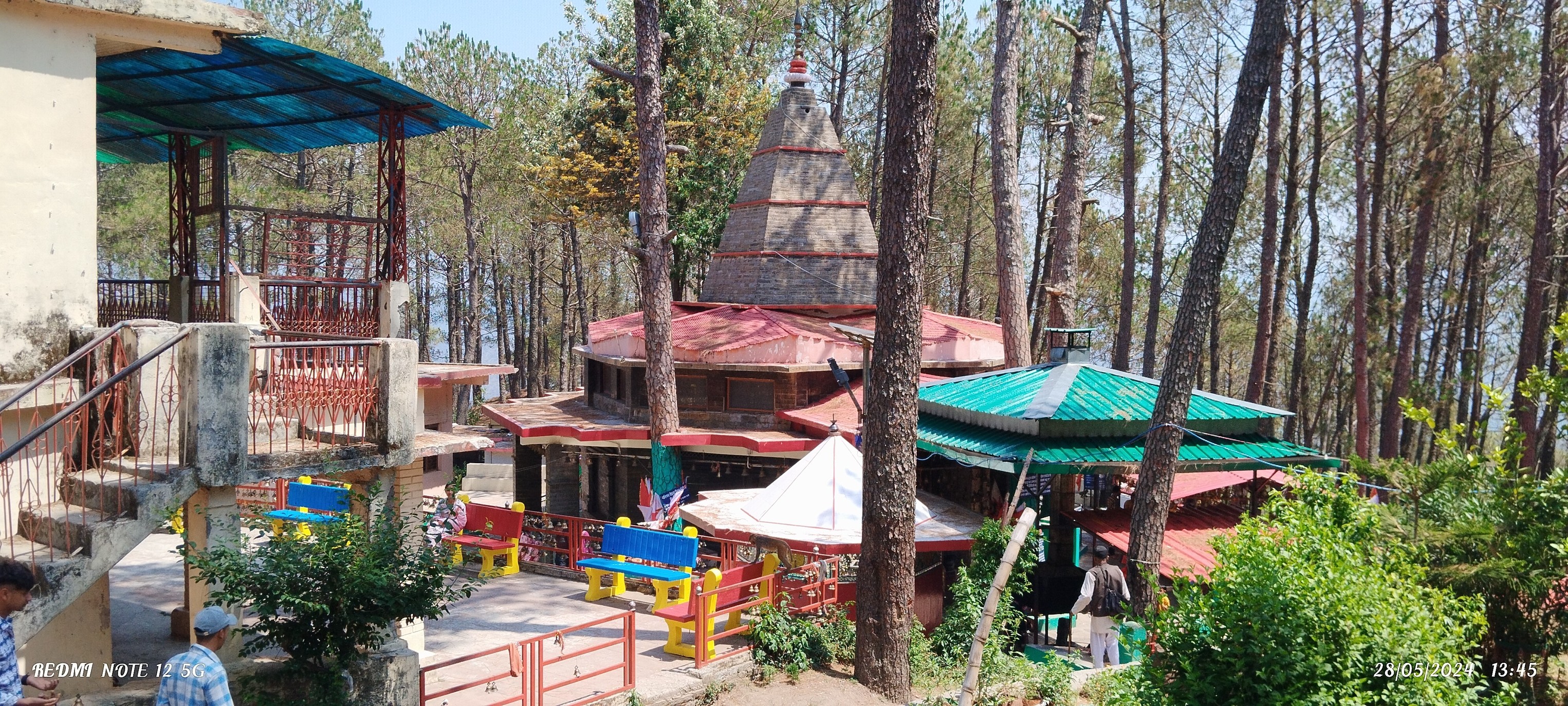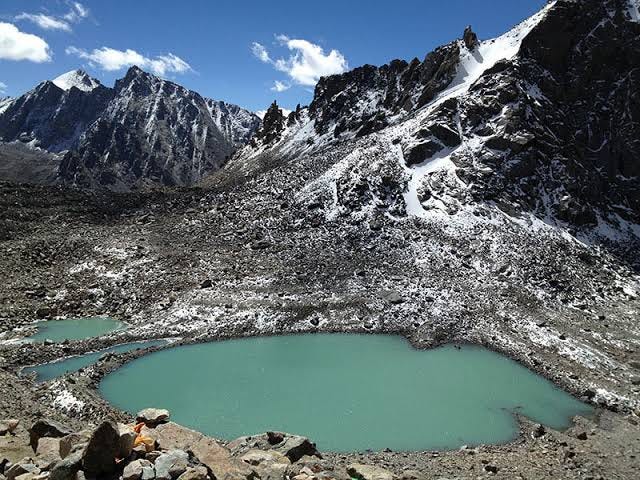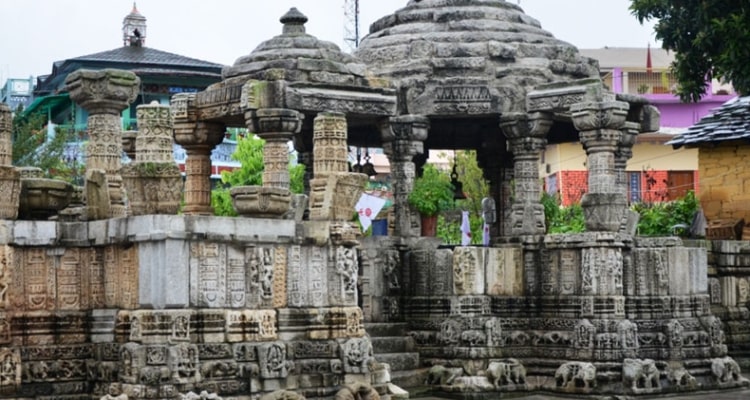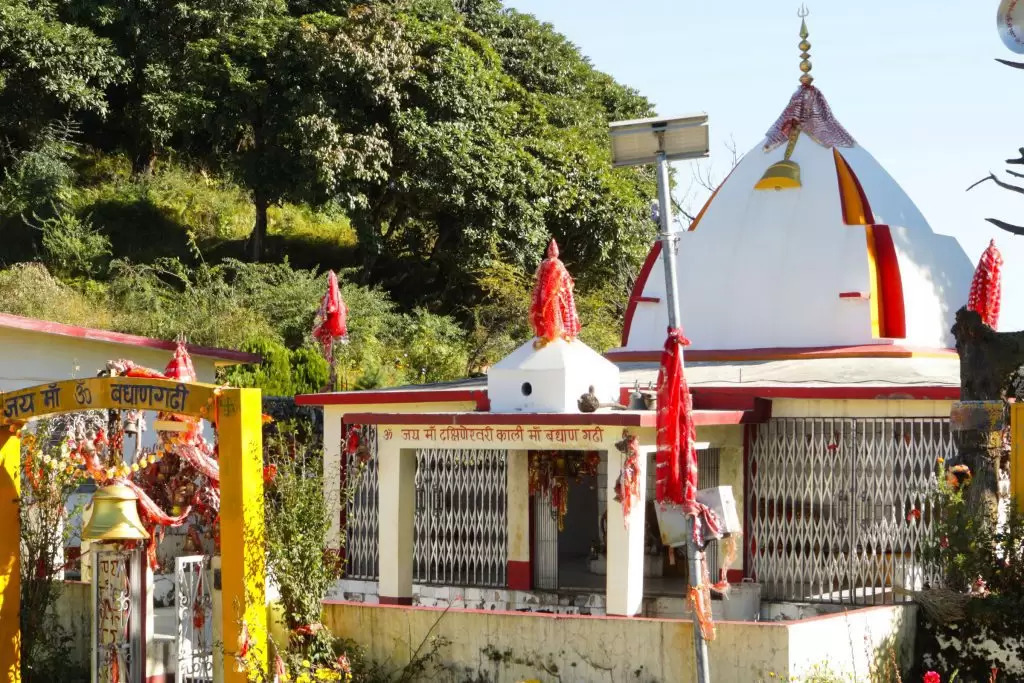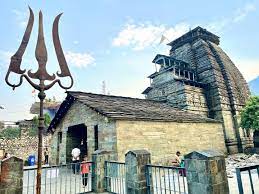Up within the Kumaon hills, simply past Almora, there’s a temple that doesn’t shout for interest. It sits quietly among deodars and oak, ready each morning for the first contact of daylight. Locals name it कटारमल सूर्य मंदिर. It is old, older than the roads that carry you here, older than the villages that now circle its base. But every sunrise, it comes alive in the best manner; the sun touches the stone, and the stone answers with silence.
The Climb From Almora
Most people start from Almora town. The road takes you to Kosi village, where the air already feels different less of cars, more of pine and smoke from early morning fires. From here, you walk. Three kilometres uphill. Not long, but enough that you hear your breath.
Along the way, you pass धान के खेत (paddy terraces), kids on foot barefoot, women bent low with baskets of grass. A canine trots beside you for a while, then disappears into the scrub. The music narrows, turns, then widens, and there it is, the temple on a ridge, stone towards sky.
A King’s Offering
They say King Katarmalla of the Katyuri dynasty built this temple in the ninth century. He desired a shrine in which the solar itself would carry out the morning ritual. And it nevertheless does. The idol internal is of Vraddhaditya or Burhaditya, the elder shape of सूर्य देवता. Around the foremost temple stand dozens of smaller shrines, each like a quiet echo, devoted to Shiva, Vishnu, Lakshmi, and others.
Time has taken away the timber doors and difficult panels, now saved in Delhi’s museum, but the stone stays. Rough, weathered, carved with figures whose faces are blurred, however, now not lost.
Morning Light
To surely understand Katarmal, you need to arrive before sunrise. The sky continues to be darkish, and a faint relaxation sits on your shoulders. Then, slowly, the primary rays damage the mountains. They slip into the temple, shifting throughout the floor, and relax in front of the idol. For a few breaths, the idol glows as though alive.
People stand still. A farmer whispers “ॐ सूर्याय नमः.” A woman pours जल (water) as अर्घ्य from a copper lota. A child, barely awake, copies the motion, hands pressed together. Nothing loud, no grand ritual just light, breath, and quiet faith.
Stones That Hold Time
The architecture isn’t towering. It’s sturdy, grounded. Stones joined with lime, lentil paste, and patience. Carvings of Surya in his chariot, of Shiva with Parvati, and of floral motifs circle the walls. You run your hand over them and feel both the strength of rock and the softness of human effort.
This isn’t marble-smooth like big city temples. It’s rough, uneven. Maybe that’s why it feels more alive it carries scars, like any elder who has lived long.
Changing Faces of the Temple
गर्मी (summer): Pilgrims climb with marigold garlands. The fields around glow yellow. Birds make more noise than people.
सर्दी (wintry weather): Snow occasionally touches the roof. The direction is empty besides a few wrapped in woollen shawls, their breaths clouding the air.
बरसात (monsoon): Mist curls across the stones. You don’t see the temple till you’re almost touching it. Clouds go with the flow into the courtyard like uninvited guests.
Every season modifies the temple’s face; however, the silence is never left.
Everyday Devotion
For locals, this isn’t a forgotten monument. It’s a part of the day by day rhythm. On the way to the fields, a person lighting fixtures incense. A grandmother leaves फूल (flora) at dawn. During fairs like मकर संक्रांति, the temple fills with color, drums, and songs.
I once overheard an old guy telling a boy, “ये पत्थर देवता नहीं, गवाह हैं” (These stones are not gods, they're witnesses). The boy nodded, now not fully informed, but stayed quiet anyway. That’s how it works here: you don’t want all the answers.
Why It Still Matters
Katarmal doesn’t compete with bigger names like Kedarnath or Badrinath. Maybe that’s its electricity. It shows some other side of religion, unpolished, slow, personal. Here, the solar is the priest, the light is the provider, and silence is the hymn.
When the arena feels crowded and loud, a place like this reminds you that worship can be as easy as status, nonetheless, while the sunrise arrives.
Visiting Katarmal
- Get to Almora, then drive 17 km to Kosi village.
- From Kosi, walk the 3 km uphill trail. Take water; the path is short but steady.
- The best months are spring and autumn when the skies are clear. Winters are stunning but cold.
- Stay back for sunrise it’s the heart of this temple.
What You Take Home
You don’t carry things from Katarmal. You carry moments. The chill of the air just before dawn. The way light slides across the floor and rests on an idol. The sound of a bell ringing across empty hills.
Later, when you’re home, maybe you’ll wake early and watch the sun through your own window. Maybe you’ll fold your hands for a second, whispering, “सूर्य देव की कृपा बनी रहे” (May the Sun God’s grace remain).
Final Thought
Katarmal Sun Temple is not about size or fame. It is about time, light, and the patience of stone. If you visit, don’t rush. Sit. Watch. Let the morning find you.
Because here, every sunrise feels like the first one.

